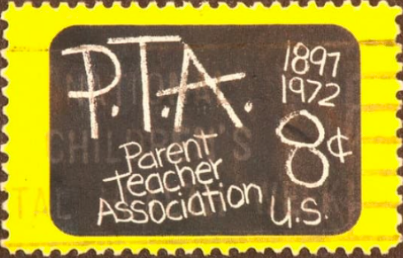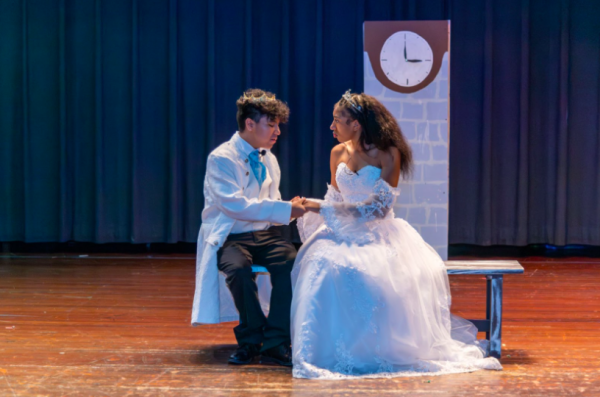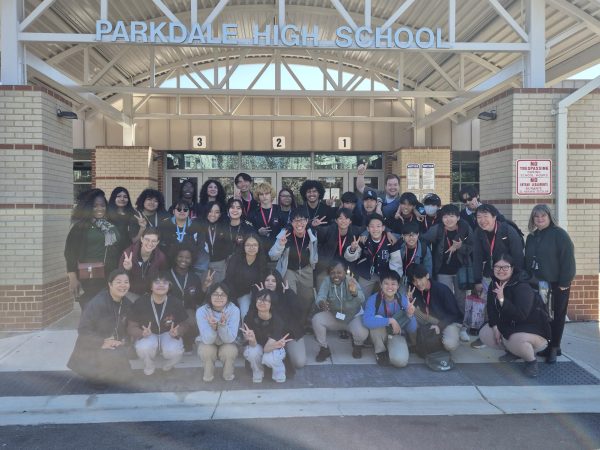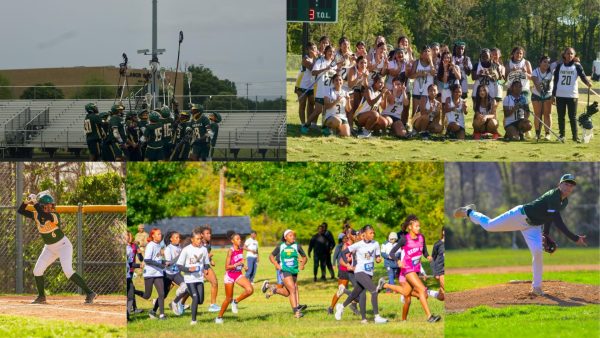Black muted boxes create disconnect within Virtual Learning classrooms
As students and teachers log on to their virtual classroom session, a grid of black squares might appear on the screen with the names of students within those squares. Those black squares with the names of students isn’t a glitch but rather students who have their cameras off during their virtual class. Having class virtually presents many new challenges, one being no student faces or voices throughout the entirety of class.
The absence of seeing faces is not something that is totally exclusive to Dr. Herz. In a recent survey completed by a sample size of 170 Parkdale students, 54.1 percent of students say they only have about one to three classes where at least half of the class have their cameras on and 22.4 percent of students report that none of their class have at least half the students with their cameras on.
The question still arises as to why some students may keep their cameras off. Teachers, like Dr. Herz, know there are many reasons that students keep their cameras off “some good, some bad.”
Junior Ana Guevara’s reasoning for keeping her camera off during virtual learning is one shared by a majority of students.
“Because I don’t like the way I look or the room I’m in” she said.
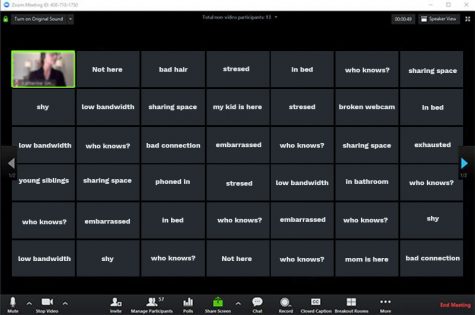 These feelings are shared with many other Parkdale students as the survey indicated that 52.4 percent of students answered that they felt insecure, self-conscious, shy, etc. In fact, out of the 170 students who answered, 133 students marked down that being insecure about being seen on camera is the biggest reason as to why students hesitate/don’t turn on their cameras. The second ranked reason is being insecure about their surroundings/background.
These feelings are shared with many other Parkdale students as the survey indicated that 52.4 percent of students answered that they felt insecure, self-conscious, shy, etc. In fact, out of the 170 students who answered, 133 students marked down that being insecure about being seen on camera is the biggest reason as to why students hesitate/don’t turn on their cameras. The second ranked reason is being insecure about their surroundings/background.
Being insecure is something many teens experience, as dosomething.org reports that over 70 percent of girls in the age of 15-17 avoid doing certain activities, such as going to school, due to their looks. With this also comes with the fact that about 20 percent of teens would experience depression before reaching adulthood.
Virtual learning is a new form of learning many students have a hard time adjusting to and the impacts can go well-beyond just academic.
One student who chose to remain anonymous explained, “I feel like not seeing others more often on camera brings me down a little because it kinda defeats the purpose of being in an online class. We see each other every other day before the virus, and now that online class is a thing, people want to hide behind the camera.”
While some students are feeling the weight of the disconnect between blank and muted screens, other students are feeling the pressure and possibly grade-damaging effects of choosing not to turn their cameras on.
Many other students surveyed agreed, explaining that self-consciousness and anxiety are contributing factors to their dislike for cameras during virtual learning.
However, some teachers may sympathize with students given the fact that this is brand new territory for everyone.
“I would be sympathetic,” said Dr. Herz. “I live in a crowded, busy, multigenerational household myself with three adults who have been working from home (including myself). I believe that some students who might feel quite comfortable, confident, and ready to work in an actual classroom might be very self-conscious about visual access to their homes.”
Your donation will support the student journalists of Parkdale High School. Your contribution will allow us to cover our annual website hosting costs and publish some printed editions, as well.
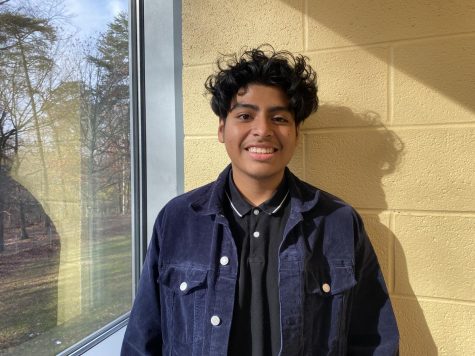
Johnny Martinez Duran is currently a senior at Parkdale and a proud member of the Paw Print. The great year of 2021 marks his first year of being a member...

